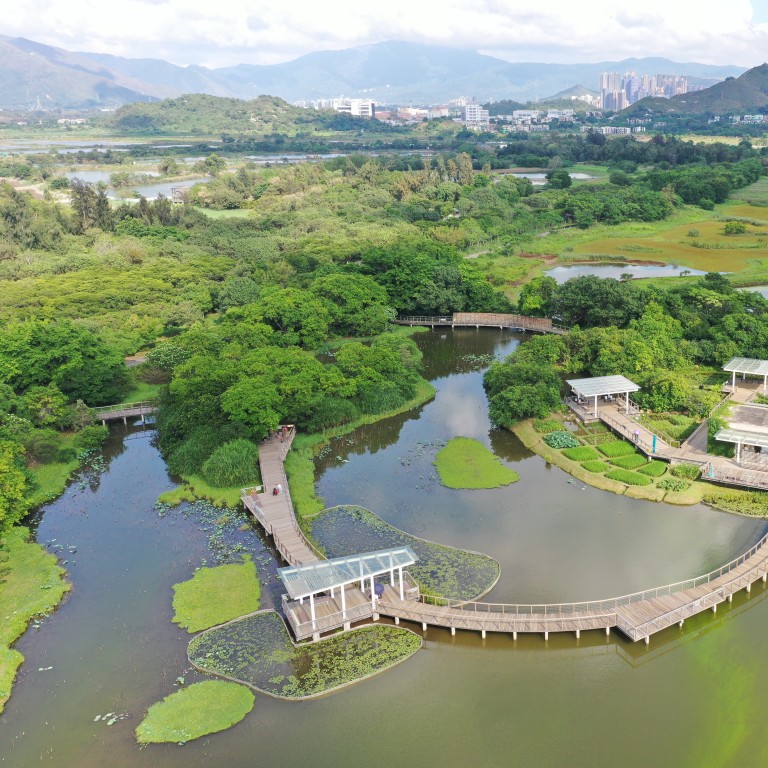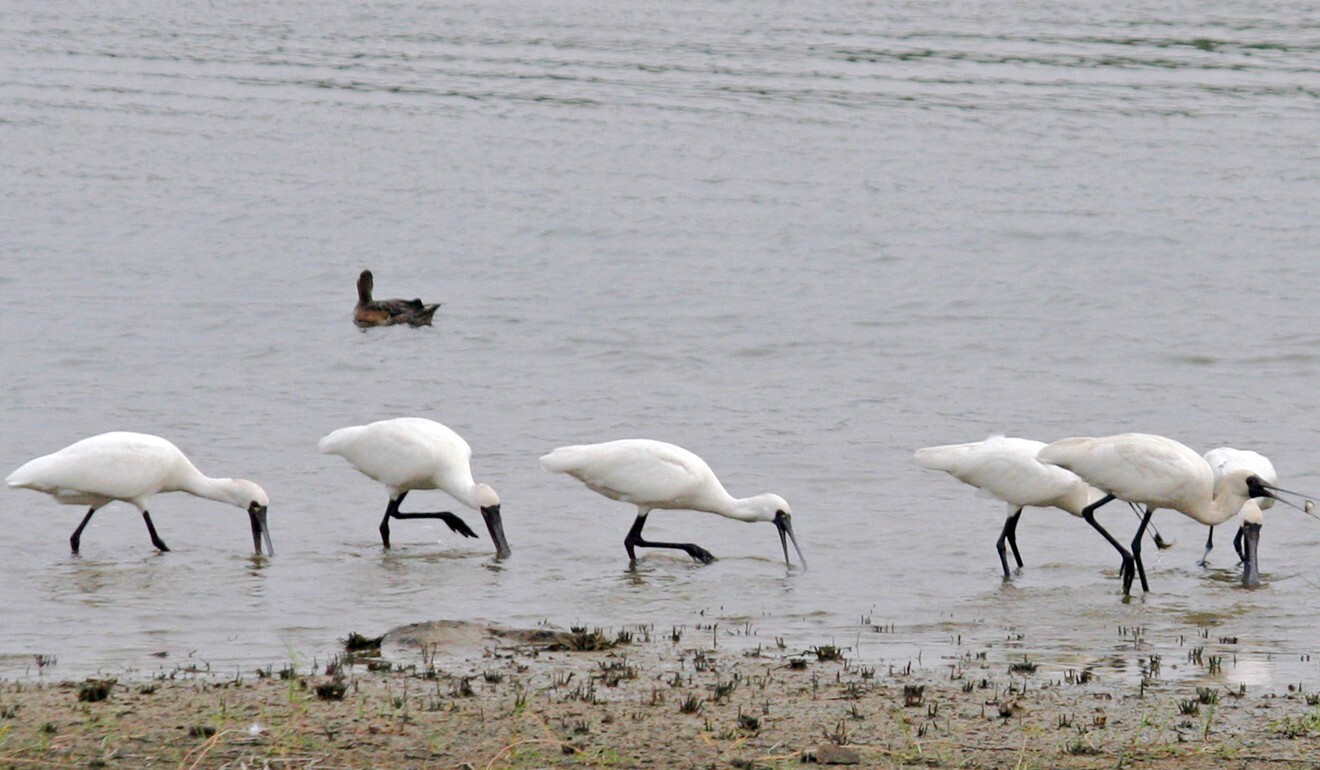
Hong Kong misses United Nations biodiversity targets, green group says, as it urges government to adopt conservation focus in policies
- Hong Kong Birdwatching Society’s report shows city has only met six of 20 Aichi goals under Convention on Biological Diversity
- Green belt zones, marine and wetland habitats are coming increasingly under threat, society’s deputy director warns
Hong Kong has failed to meet most of the global biodiversity targets set by a United Nations convention, with a local green group urging the government to adopt a conservation focus in its development policy going forward.
The Hong Kong Bird Watching Society on Monday released a report summarising the city’s progress in protecting and conserving the local environment in line with the Convention on Biological Diversity over the past 10 years.
It has failed to meet 14 of the 20 Aichi biodiversity targets under the convention.

The targets cover areas such as setting up protected sites, phasing out incentives and subsidies harmful to the environment, and developing a biodiversity action plan.
“Our country parks actually contribute a large part to Hong Kong’s achievements,” said Woo Ming-chuan, the society’s deputy director. “Under the Aichi targets, parties are required to conserve 17 per cent of land habitats, while Hong Kong’s country parks actually cover 40 per cent, so we are leading many other countries.”
However, outside the protected areas, Woo warned the city’s green belt zones, set up as a buffer between urban development and the country parks, were increasingly under threat.
“At the beginning the government would only earmark already developed green belt areas for development, but increasingly we are seeing them switch to places that have plant cover,” she said.
Green groups blast government for decision that could affect porpoises
Hong Kong has been party to the convention since 2011, after China extended it to cover the city as well. Countries under the agreement have to craft policies to conserve biodiversity, ensure sustainable use of natural resources that affect biodiversity, and guarantee fair and equal sharing of those resources.
In 2016, the city released its own biodiversity strategy and action plan, which laid out 67 measures including setting aside land for a new country park, initiatives to conserve threatened species such as the horseshoe crab and the Chinese pangolin, and enhanced enforcement for wildlife crimes.
At the time, environmentalists said the plan lacked practical ideas and provided inadequate protection for marine habitats.
‘Green finance’ funds not going to the right projects, experts say
Woo said the plan had not laid out any concrete timelines for implementation, which made it hard to judge the city’s progress in the years since.
The group found Hong Kong had failed entirely in reducing direct pressure on biodiversity through measures such as controlling pollution and preventing habitat loss. The public also lacked awareness on such issues.
In response, the Agriculture, Fisheries and Conservation Department said it had been putting out more promotional and educational materials on conservation of biodiversity and proper etiquette when residents are out in nature, particularly as the number of hikers has increased during the coronavirus pandemic.
Meanwhile, marine and wetland habitats on Lantau Island have come increasingly under threat, with a number of ongoing reclamation projects posing a risk to the vulnerable Chinese white dolphins, according to Woo.
A recent report by the Agriculture, Fisheries and Conservation Department noted a worrying decline in the survival rate of baby dolphins, with the overall population dwindling to just 37 this year, compared to 52 last year and 188 in 2003.

Wetland habitats in southern Lantau were also at risk, with land being filled in for recreational sites, Woo said.
“With wetlands, restoration is really hard. Even though some sites are now green after restoration projects, they are no longer wet,” she added.
Woo and her group urged the government to adopt policies focused on conservation and biodiversity going forward, and to avoid developing country parks, wetland buffer zones and green belts.
They also called on the government to work together on a cross-departmental basis to formulate more comprehensive measures to protect the city’s natural heritage.

